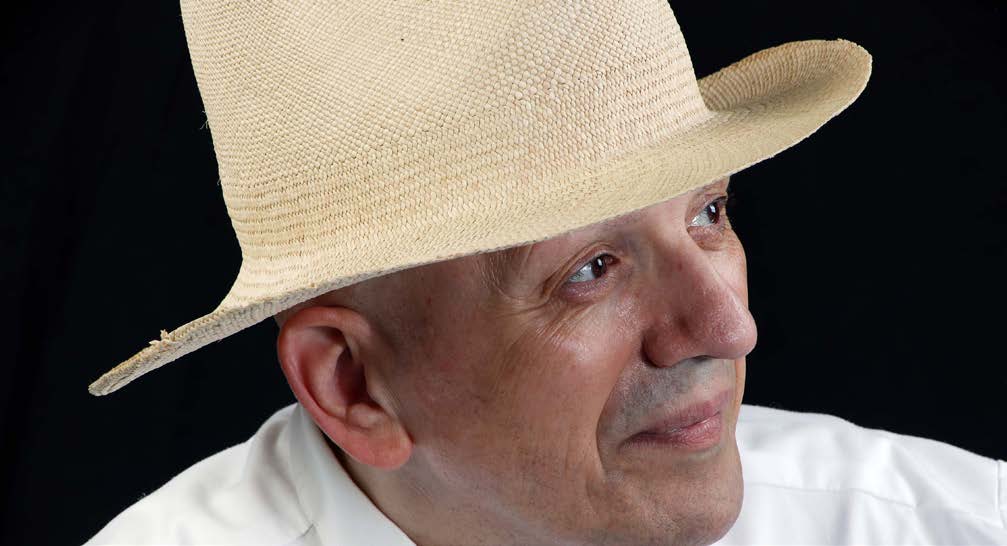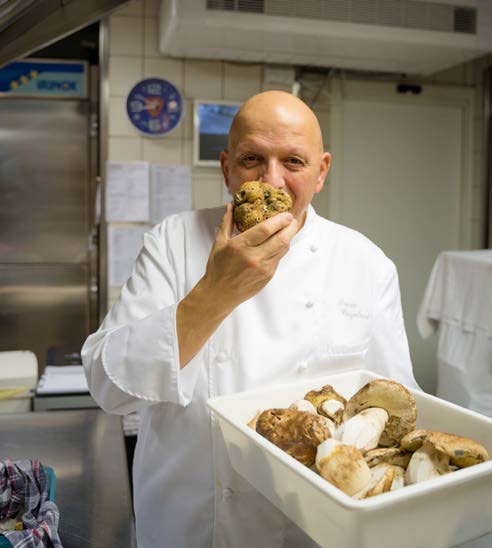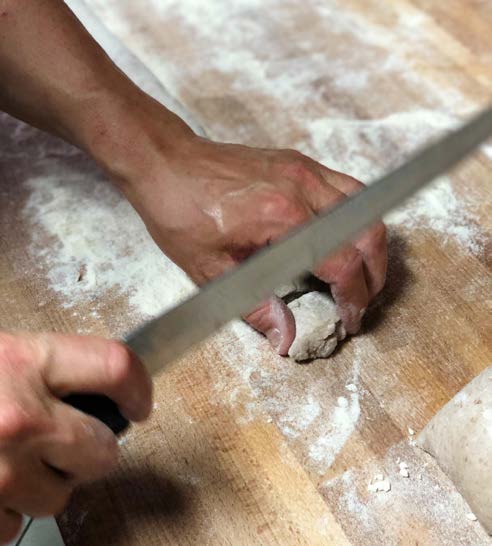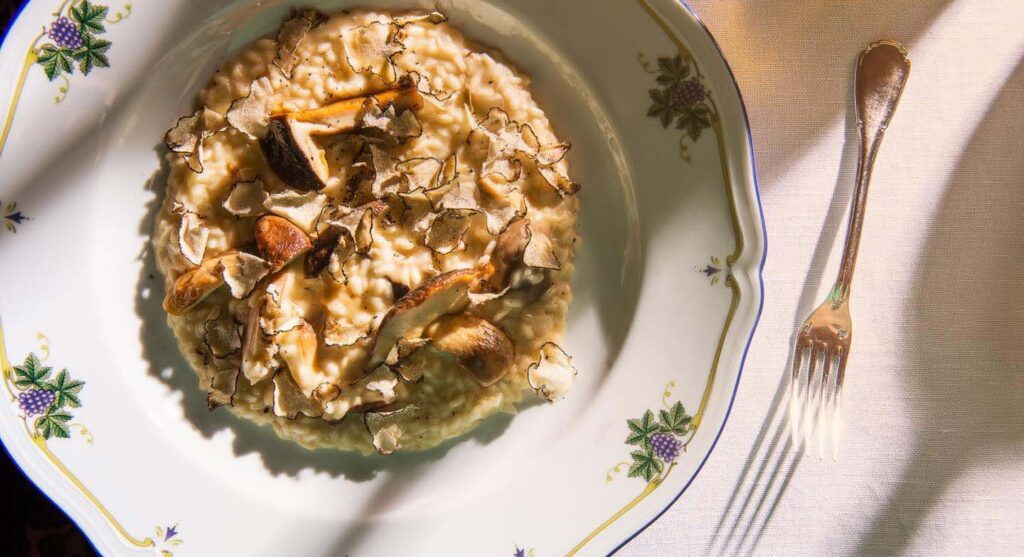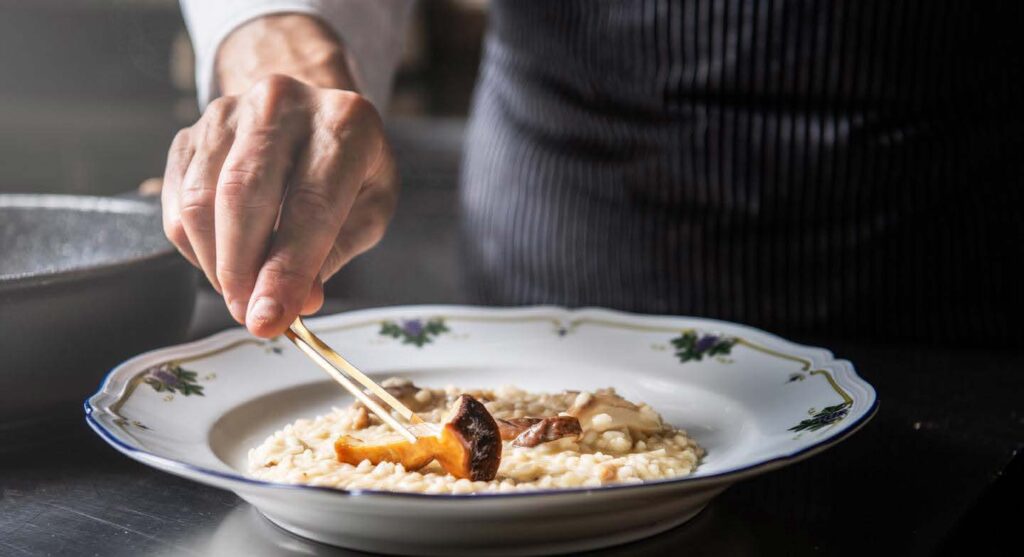Chef Bruno Cingolani: a journey of tradition, health, and global Influence
Your cuisine is distinguished by its ability to integrate creative elements with a particular focus on the healthiness of ingredients. How do you balance these aspects in your dishes? Could you share a concrete example of a dish that embodies this perfect synthesis? My culinary approach has always been based on the quality of raw ingredients, ever since I began my cooking career. I have been working in the kitchen for 52 years. Growing up, my family relied on home-grown products: poultry raised by my mother and grandmother, vegetables from our garden, eggs, and more. Despite limited financial means, eating well and healthily was always a primary goal.
I have carried the memories of my mother’s cooking, the flavors, and the quality into my professional life. Natural cuisine is the fuel of our lives; without real food, the body suffers. Increasingly, we see health problems linked to what we consume. This has shown me that, even while adhering to tradition, it is possible to create a healthy cuisine that is rich in genuine flavors. In 2010, you created the “Made in Alba” brand to enhance and promote the typical products of the Langhe region internationally.
What inspired you to start this initiative, and how has it influenced your experience in the culinary field? Traveling around the world for work, serving clients who requested private dinners and lunches, I noticed that the name Alba and the traditional products of the Alba and Asti regions were well-regarded. After a trip to Brazil commissioned by the Ferrero Family, I returned to my restaurant and inquired with a person responsible for trademark registration if “MADE IN ALBA” was available. This led to its registration, and now I promote this brand and its products both in Italy and globally.
Although work commitments have limited my use of the brand over the years, I am keen to invest in high-quality products tied to the region in the near future. For the past 20 years, you have been the owner and chef of the restaurant Dulcis Vitis. What are the fundamental principles and vision that have inspired your creations during this experience? And how has this philosophy evolved over the years? Over the last 20 years, I have had the opportunity to meet, serve, and travel the world through my restaurant in Alba.
This experience has led to the creation of many dishes centered on high-quality ingredients, inspiring me to constantly improve while maintaining excellence. Without the raw materials that many trusted farmers provide for me daily, I wouldn’t be able to create my dishes. The so-called secrets or tricks of cooking don’t really exist. People often wonder what hidden ingredients make a dish special: the real secret is simply the quality of the food I serve. There are no compromises in the kitchen; one must never take shortcuts in preparation, assuming the diner won’t notice. This is a serious mistake.
How would you describe the restaurant’s atmosphere, and what is the secret to making your guests feel at home while ensuring a warm and professional dining experience? More and more people are in the habit of dining out, often in the company of friends, family and loved ones. Dinner at a restaurant has increasingly become a social occasion. At my restaurant, people come to eat well, appreciate the food, and enjoy moments of tranquility. When guests feel comfortable, they often linger, savoring the experience.
My restaurant frequently brings together people from around the world, fostering a sense of conviviality. The environment is crucial: sitting comfortably at the table, the right atmosphere, and a welcoming ambiance are essential. Additionally, business lunches have played a significant role, with many deals being finalized over meals at my restaurant. The setting is vital, and the staff can make all the difference. Professional management and attention to detail provide the final touch.
This is what defines my restaurant. Among your many experiences, you have overseen numerous gala dinners and international events around the world. Could you share which of these experiences have had the greatest impact on your career and how they have enriched you both personally and professionally? Is there a cuisine or culinary culture outside of Italy to which you feel particularly connected? I’ve had the opportunity to serve many world leaders, heads of state, and even individuals from the Vatican. It’s crucial for me to emphasize that to me, every client is equally important—there are no distinctions of class. What matters most are the individuals themselves; this, in my opinion, distinguishes true greatness, especially in the realm of hospitality and haute cuisine. There are many outstanding culinary traditions worldwide, each with its own cultural approaches and methods of sharing food.
However, the biodiversity of Italian cuisine, both regional and cultural, is unparalleled. Even authentic Italian individuals contribute immensely to this culinary richness. While there are many opportunities for cultural exchange with other countries, our raw ingredients remain paramount. Considering the rapid evolution of trends in Italian cuisine and the importance of staying updated and innovative, what advice or guiding principles would you give to young chefs aspiring to build a successful and enduring career like yours? This is a very important and interesting question!
I would advise young chefs to first focus on thoroughly understanding the raw ingredients. It’s essential to grasp how food is produced following its natural production cycle, and getting to know with the diverse varieties of foods and ingredients such as meats and fish. Without a deep understanding of when and how a product is grown, the seasonality of fruits, and the upbringing of animals, genuine culinary artistry cannot be achieved. It’s crucial to know how to cultivate specific items like the “cardo gobbo” from Nizza Monferrato or an artichoke, and to avoid consuming foods out of their natural season, such as strawberries in December. For instance, the best sea bass or sea bream can typically be found during months with an “R” in their name.
Aspiring chefs should not merely seek to accumulate experiences for their resumes by working in various restaurants. It’s important to work where one can truly learn the essence of the work and deepen their understanding of ingredients. The next step involves learning about various culinary traditions, mastering techniques like hand-pulled pasta making, filleting fish, and deboning animals such as poultry and veal. Understanding all available cuts for preparing dishes is equally crucial.
Today, many young individuals are captivated by the aesthetic appeal of a dish without possessing a genuine understanding of vegetables, such as Treviso radicchio, how to care for and prepare them, and how to preserve foods properly. It’s also vital to recognize that culinary options extend beyond just fillet or ribeye; there are at least 30 other types of meat cuts and a variety of products that can be used to prepare a dish. Building a successful career starts in the kitchen, at the front of the house, or within a hotel. In addition to culinary preparation, mastering effective communication with the end customer is crucial. This involves conveying the value of one’s work through experience and knowledge.
